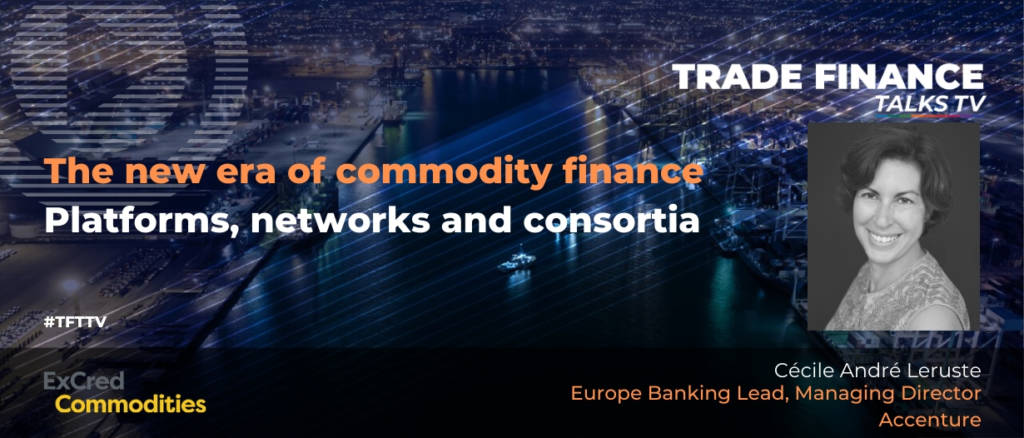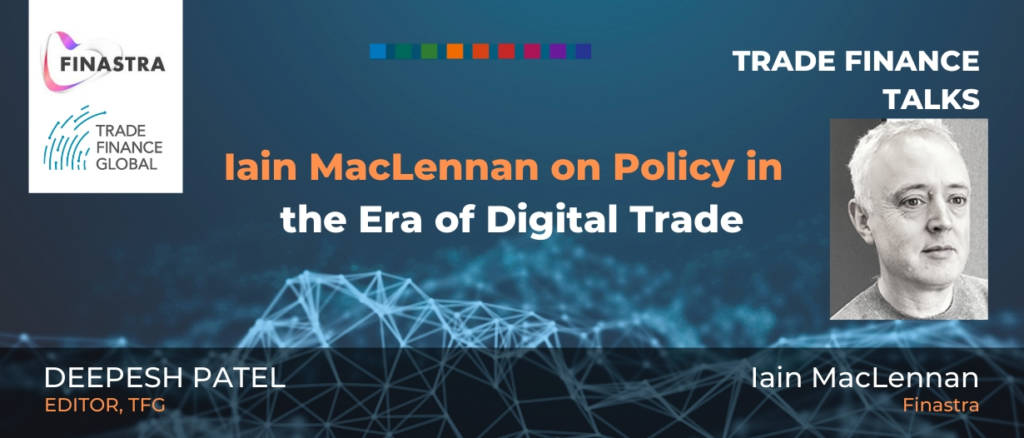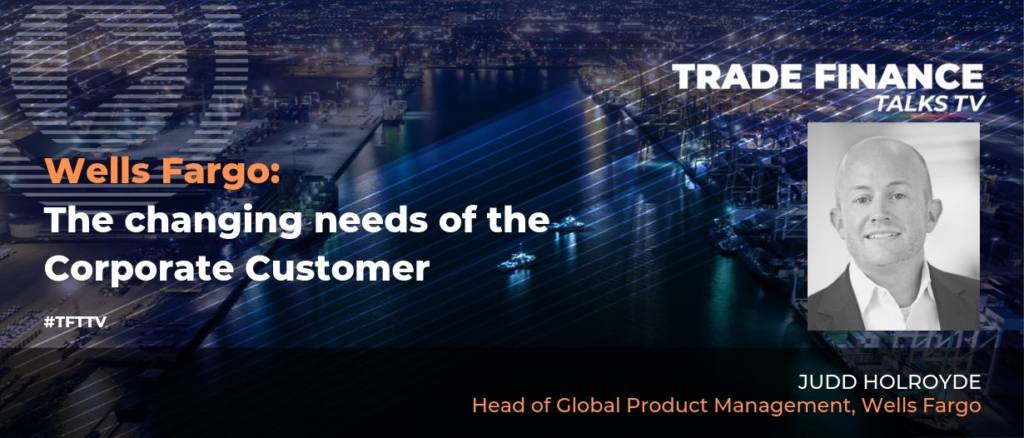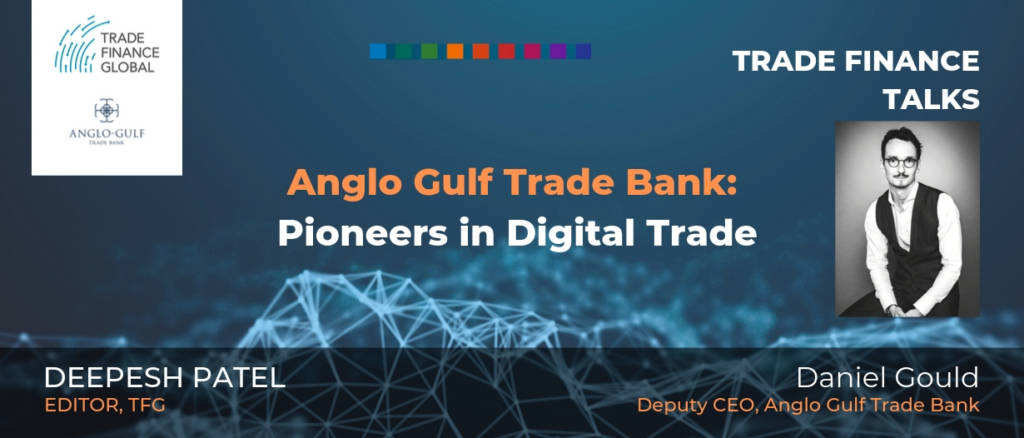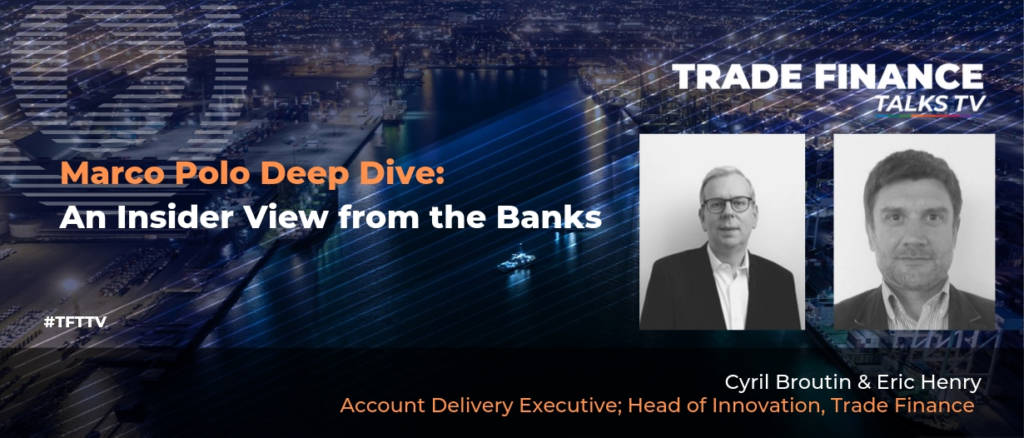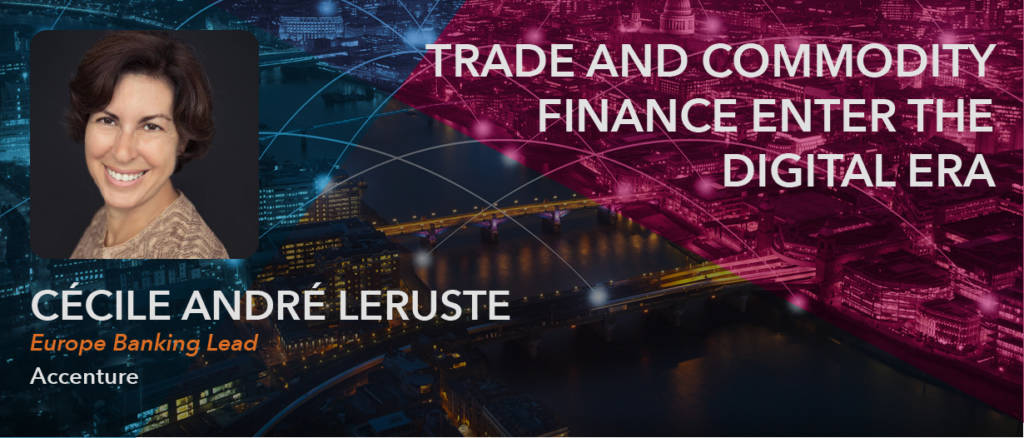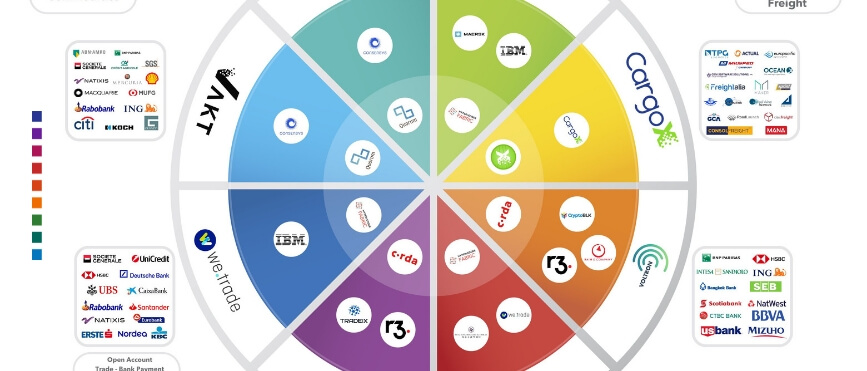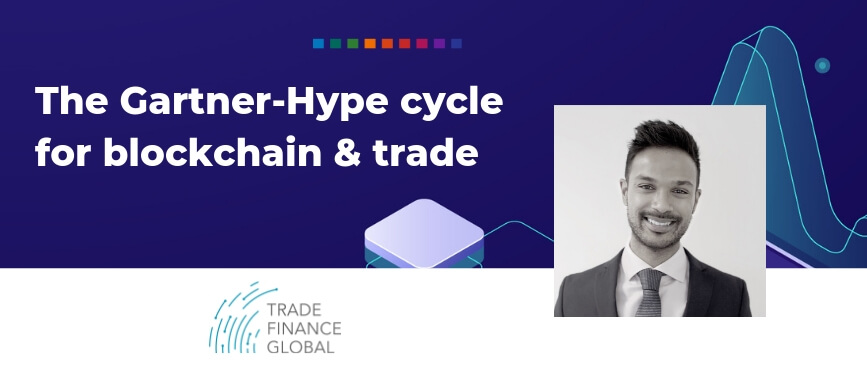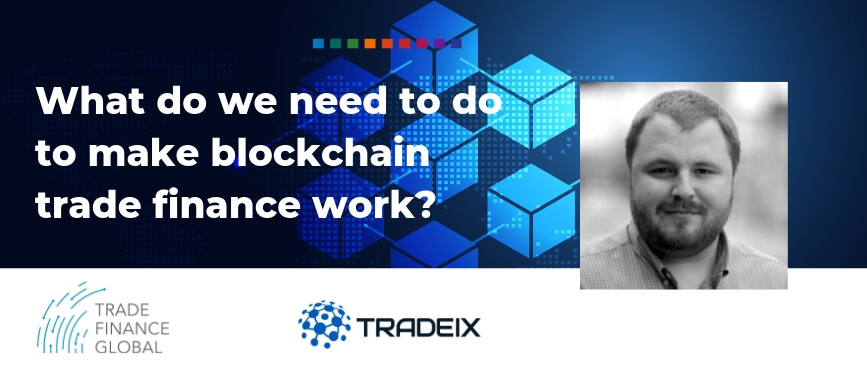Trade and supply chain finance is at the forefront of innovation as there are currently many pain points for corporate clients and banks. As the industry moves towards a platform model, we heard from Accenture’s Cecile Leruste on thee major transition and megatrends going on in commodity finance.
TFG caught up with Iain MacLennan, Head of Trade & Supply Chain Finance at Finastra, on the key trends in trade and supply chain finance in an era of uncertainty and geopolitics, in preparation for the World Trade Symposium which will be held in New York on the 6th and 7th November.
TFG heard Judd Holroyde, Head of Global Product Management, Wells Fargo. We talked about the changing payments landscape, about SWIFT and SWIFT Gpi and how the FinTech creativity can be used as a customer value proposition messenger.
AGTB: New kid on the block. TFG heard from Daniel Gould, Deputy CEO of Anglo Gulf Trade Bank, and its new digital offering for trade finance in the UAE and MENA region. Building a trade bank from scratch without relying on legacy technologies has enabled AGTB to reimagine trade finance, building a competitive product for the corporate banking space.
Existing systems are woefully inefficient, siloed or still paper-based and many of them have not improved for decades. The Marco Polo Network is working with Financial Institutions, Corporates and Technology & Service Providers to remove the barriers preventing them from operating at their best.
TFG heard from Accenture’s Cecile Andre Leruste, on the major digitisation initiatives within the commodiy finance space. Commodity finance is in a phase of major transition, driven by multiple megatrends
Global law practice Eversheds Sutherland appointed as legal counsel for blockchain trade platform eTradeConnect to help the consortia tackle legal challenges related to the use of blockchain in trade finance.
The use of distributed ledger technology in the trade finance space is moving fast.
Today’s DLT-trade ecosystem can be sectioned into a series of eight major consortia and networks that are taking strides in various areas of the space.
The Gartner hype cycle serves as a tool to help decision makers and investors gauge the actual current state of a technology in a given domain, separating its real-world utility from its surrounding hype and disillusionment. The cycle was first introduced in 1995 and has since served as an accurate representation of the typical progression of an emerging technology.
Why distributed platforms and networks can achieve global scale and adoption previously impossible with legacy technologies, architecture, and business models.















